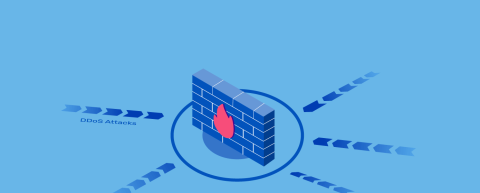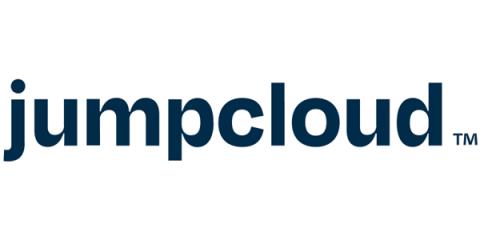Advantages of Calico's DNS Policy Implementation over Cilium's DNS Policy Implementation
DNS policies play a critical role in managing and securing workload communication for cloud-native applications running on Kubernetes clusters. Two popular options for implementing DNS policies are Calico and Cilium. While both have their merits, Calico’s approach offers several distinct advantages over Cilium’s, particularly in terms of flexibility, scalability, and overall operational simplicity.










